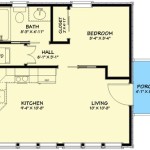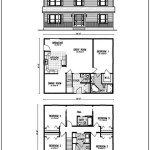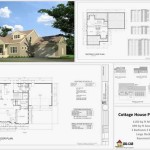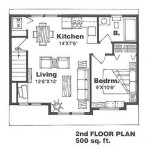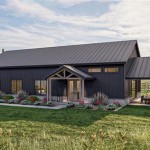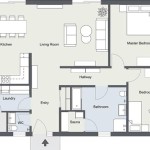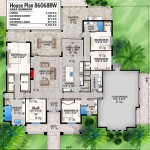Vintage Craftsman Style House Plans: A Timeless Charm
The Craftsman style emerged in the early 20th century as a reaction to the excesses of Victorian architecture. Inspired by the Arts and Crafts movement, Craftsman houses emphasized simplicity, natural materials, and functional design.
Today, Vintage Craftsman style house plans are highly sought after for their timeless appeal and enduring charm. These plans offer a unique blend of traditional features and modern amenities, creating homes that are both stylish and comfortable.
Key Features of Vintage Craftsman House Plans
Vintage Craftsman style house plans typically feature the following characteristics:
- Low-pitched, gabled roofs with wide eaves
- Exposed rafter tails and decorative brackets
- Natural materials such as wood, stone, and brick
- Built-in cabinetry and woodwork
- Arched doorways and windows
- Large, open porches and patios
Living Spaces That Embrace Nature
Craftsman homes are designed to connect their occupants with the outdoors. Large windows and open floor plans allow natural light to flood into the living spaces, while porches and patios extend the living areas beyond the walls of the home.
The use of natural materials such as wood and stone creates a warm and inviting atmosphere. Built-in cabinetry and woodwork add a touch of elegance and functionality to the home.
Floor Plans that Flow Seamlessly
Vintage Craftsman house plans often feature open floor plans that flow seamlessly from one room to the next. This design creates a sense of spaciousness and allows for easy movement throughout the home.
The kitchen is typically the heart of the Craftsman home, with a large island or breakfast nook providing a gathering space for family and friends. The dining room and living room are often open to the kitchen, creating a social and inviting atmosphere.
Exterior Details Enhance the Charm
The exterior details of Vintage Craftsman house plans are just as important as the interior features. The wide eaves and exposed rafter tails give the home a distinctive character, while decorative brackets and trim work add a touch of elegance.
Natural materials such as wood, stone, and brick are commonly used in the exterior construction, lending a warm and inviting appearance. The use of natural materials also ensures that the home blends seamlessly into its surroundings.
Modern Amenities Meet Timeless Style
While Vintage Craftsman style house plans embody the charm of the early 20th century, they also incorporate modern amenities to enhance comfort and convenience.
Energy-efficient appliances, LED lighting, and smart home technology can be seamlessly integrated into these homes without compromising their historical character. The result is a home that offers the best of both worlds: timeless style with modern functionality.
Building a Vintage Craftsman Home
Building a Vintage Craftsman home is a rewarding experience that can create a beautiful and lasting legacy. However, it is important to work with an experienced architect and builder who understands the unique characteristics of this architectural style.
By carefully selecting materials and paying attention to details, you can create a home that will stand the test of time and bring joy to your family for generations to come.

Plan No R 856 C 1918 Cottage House By A E Stillwell Vintage Bungalows Plans Transitio Bungalow Floor

1925 26 C L Bowes House Plans Craftsman Bungalow Vintage

Vintage Craftsman Bungalow Plans Style House Vinta

Practical Homes 1926 Craftsman House Plans Vintage Bungalow Exterior

1922 Craftsman Style Bunglow House Plan No L 114 E W Stillwell Co Bungalow Floor Plans

1918 Bungalow House Plan By E W Stillwell Los Angeles Craftsman Home Plans Vintage

Classic 1918 Craftsman Style Bungalow Design Shingled Cottage House Plans

Craftsman House Plans Home Floor Monster

1920s Classic Bungalow Small Homes Books Of A Thousand Atterbury Floor Plans Vintage House Craftsman

Another Vintage House Plan Craftsman Bungalow Plans

